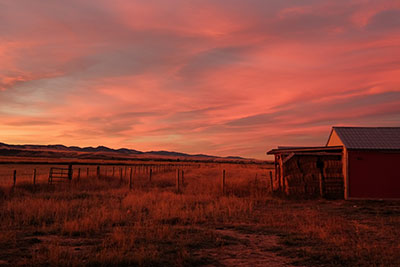
Defining “rural” areas can be difficult considering how many existing definitions there currently are. As of now, the U.S. Census Bureau defines “rural” to mean “an area that is not urban.” Based on that definition, a rural area would be any area containing less than 50,000 people, while also considering factors like airport locations and land cover.
But other agencies such as the Office of Management and Budget and the U.S. Department of Agriculture have different means of defining rural, as they account for even smaller populations and/or have program-specific classifications.
Research shows that there are notable differences between rural and urban areas, including economics, culture and demographics. The 2010 census showed that 3,573 urban areas nationwide represented roughly 81 percent of the U.S. population at the time. In contrast, 97 percent of the country’s land area was deemed rural while holding less than 20 percent of the country’s population. Currently, trends indicate that there are more people living in rural communities than there are moving in.
No one definition for “rural” is more correct than another. Instead, having multiple definitions allows for a flexibility and open-endedness that can benefit less-populated areas when seeking legislative action. Defining rural—by whatever means—has a significant impact in terms of legislative efforts at all levels of government.
To read the full story, go here: https://dailyyonder.com/why-rural-is-hard-to-define/2021/10/05/
